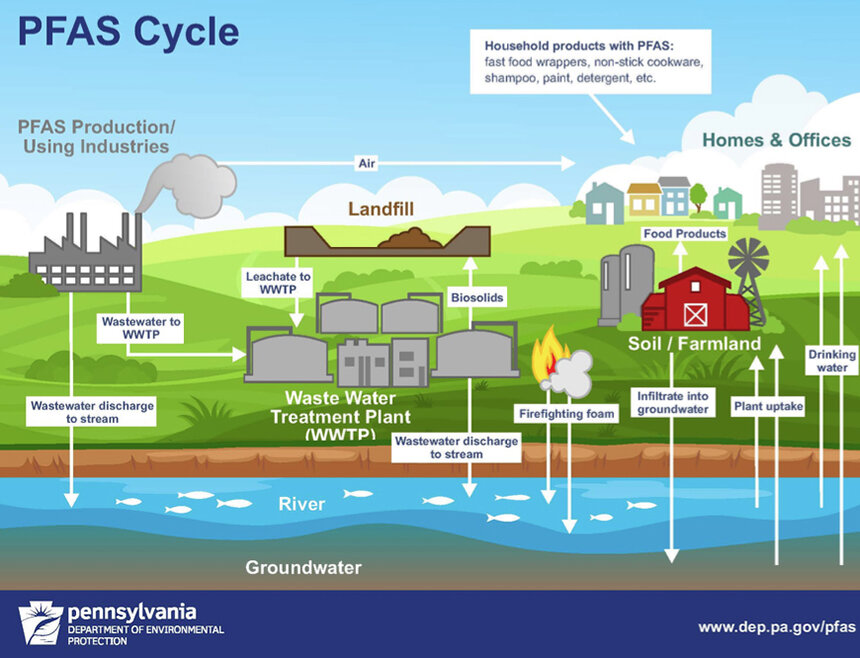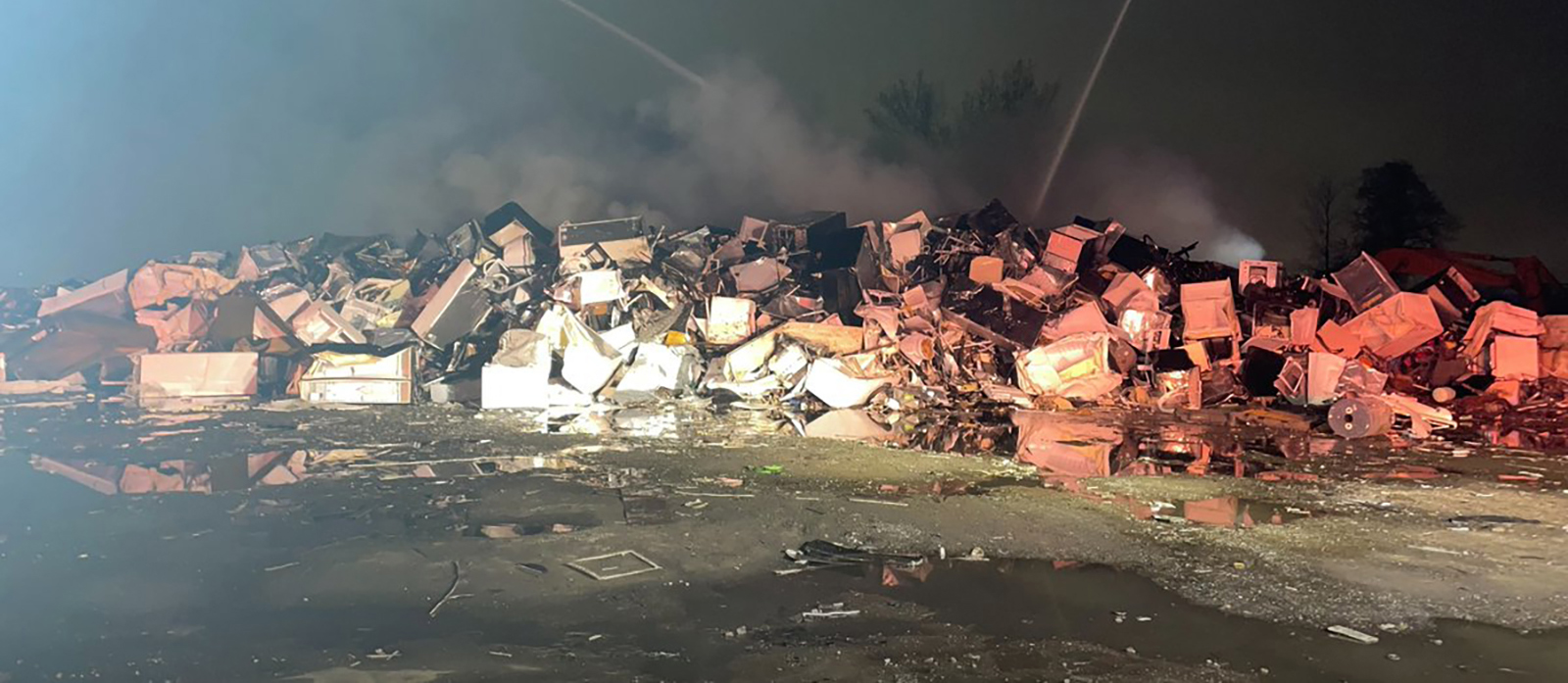Air Pollution Decreases as Pandemic Slows Emissions
April 17, 2020
Data from a key air monitor next to Interstate 95 in Providence indicates that major air pollutants have dropped 34 percent for nitrogen oxides (NOx) and 25 percent for small particulate matter — two of the primary contributors to smog, acid rain, and high concentrations of ozone. This pollution gauge is next to Veterans Memorial Auditorium, the busiest traffic point in the city and one of the most polluted in the state.
Both numbers are compared to a 5-year average, and align with a more than 50 percent decline in passenger-vehicle traffic since the start of the global pandemic, according to INRIX.
The decreased pollution corresponds with images of pollution taken by the National Aeronautics and Space Administration’s Aura satellite in March, which showed a 30 percent decline in NOx across the Northeast. The readings are the lowest for NOx in the month of March since data were first taken in 2005.
Darren Austin, senior air quality specialist at the Rhode Island Department of Environmental Management (DEM), oversees state air monitors and was surprised by the pronounced reduction in pollution. He noted that the readings are a small sample size taken from a single monitoring station during generally breezy conditions. He also noted that both pollutants have been slowly declining in recent years.
“All that said, there seems to be some evidence with the near-road monitor that the air is cleaner as a result of the COVID-19 situation,” he said.
NOx and particulate matter, byproducts of fossil-fuel combustion, are linked to lung diseases such as asthma and are especially harmful to children, damaging lung tissue and reducing lung function.
Making matter worse for those people, the COVID-19 virus attacks the lungs. A recent Harvard University study found a 15 percent increase in mortality for patients with long-term exposure to particulate matter.
The Rhode Island Department of Health isn’t yet releasing locational data on coronavirus infections, nor can the agency currently speak about the health benefits from reduced pollution in asthma hot spots like South Providence.
But DEM noted that these preliminary air pollution results offer an idea of how air quality and the environment might benefit if just half the light-duty vehicle fleet was replaced by electric vehicles. At this point, however, any real lessons learned from health information gathered during the crisis and any changes it brings are conjecture, according to state officials.
Brown University associate professor Meredith Hastings described the drop in air pollution as “a remarkable demonstration of what can happen if you really cut emissions.”
Hastings, an expert on atmospheric sciences and environment and society, has considered the changes that will keep pollution in check once the coronavirus crisis has passed. She said restrictions on travel and working from home may prompt people to see the health benefits of getting outdoors and driving less.
“Hopefully, it’s dawning on people that we can make a difference with changes in behavior and changes in technology, and make changes in our air quality,” Hastings said, “versus right now when we have no choice.”
Hastings suggested that there won’t likely be immediate policies to advance these beneficial societal behaviors. But she noted that advocacy groups can step up to drive local initiatives that improve air quality.
David Brown, a retired environmental and public-heath toxicologist who worked at the Centers for Disease Control and Prevention and taught at Fairfield University, said the federal air pollution standards need to match the science and better reflect how pollution is measured.
The Environmental Protection Agency, Brown noted, likely won’t offer much help as emissions standards for vehicles are rolled back and recommendations to strengthen regulations by its scientists are ignored.
But locally, he said, people can advocate for policies that cut air pollution, such as banning open burning and backing policies that reduce fossil-fuel use in vehicles and promote electrifying the transportations sector. Changes, Brown said, must also be made to help environmental justice neighborhoods, such as reducing periods of intense air pollution, especially indoors, during rush hour and high ozone days.
Without policy changes, small and low-cost steps can improve air quality, such as installing home air filters, according to Brown.
“But,” he added, ”there really has to be serious policy discussions.”
“While the situation is rapidly changing, we see a growing opportunity to emphasize the positive role a regional clean-energy policy can play in advancing economic recovery, public health, and equity,” said Allison Archambault, supervising air quality specialist at DEM. “Where possible, with our resources, we will be looking for opportunities to make clean-transportation investments that create jobs, accelerate economic recovery, and set the stage for sustained prosperity, clean air, and climate protection. Investments in low-carbon transportation create a healthier world to live in and reduce pollution that makes people vulnerable to diseases like COVID-19.”
Categories
Join the Discussion
View CommentsRecent Comments
Leave a Reply
Related Stories
Your support keeps our reporters on the environmental beat.
Reader support is at the core of our nonprofit news model. Together, we can keep the environment in the headlines.
We use cookies to improve your experience and deliver personalized content. View Cookie Settings




this didn’t mention aviation, is it known how much that was cut back or how that impact could be reduced?